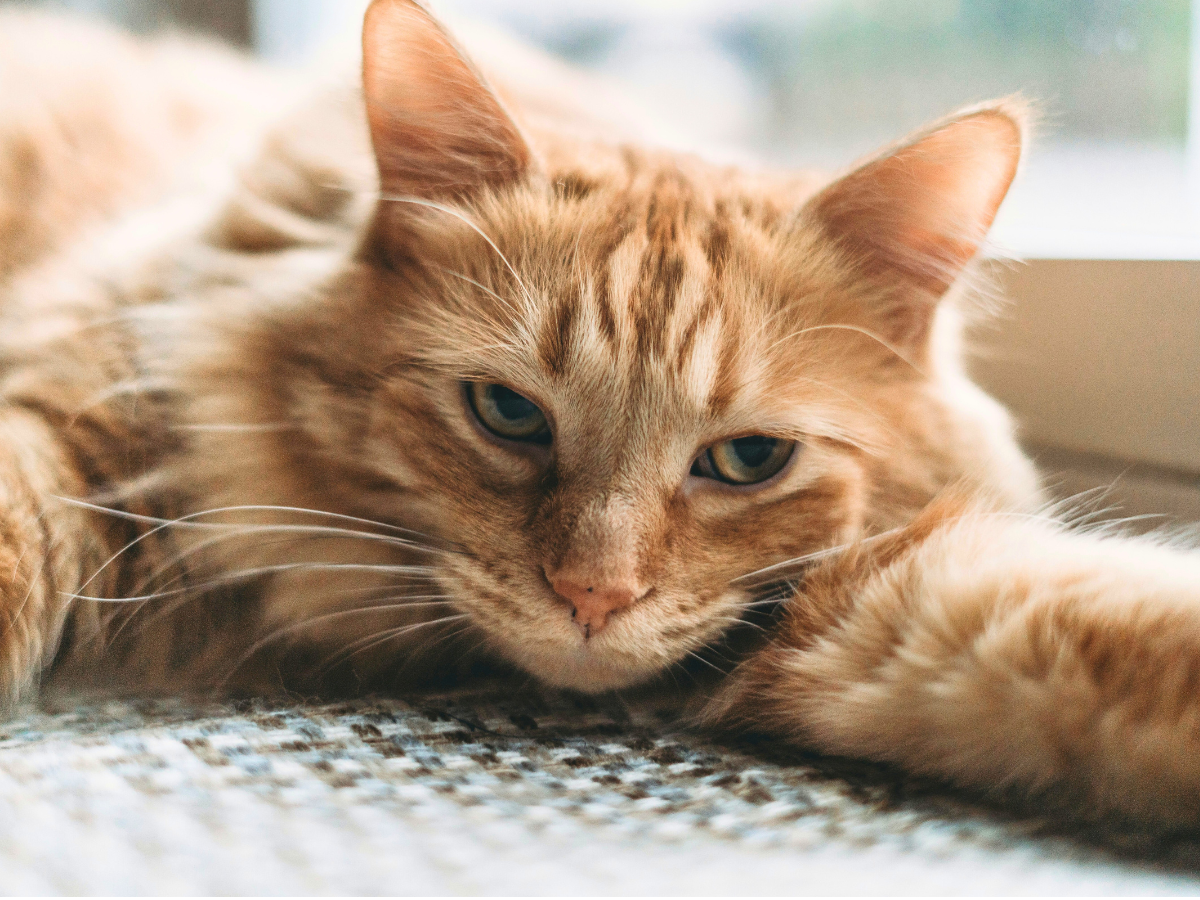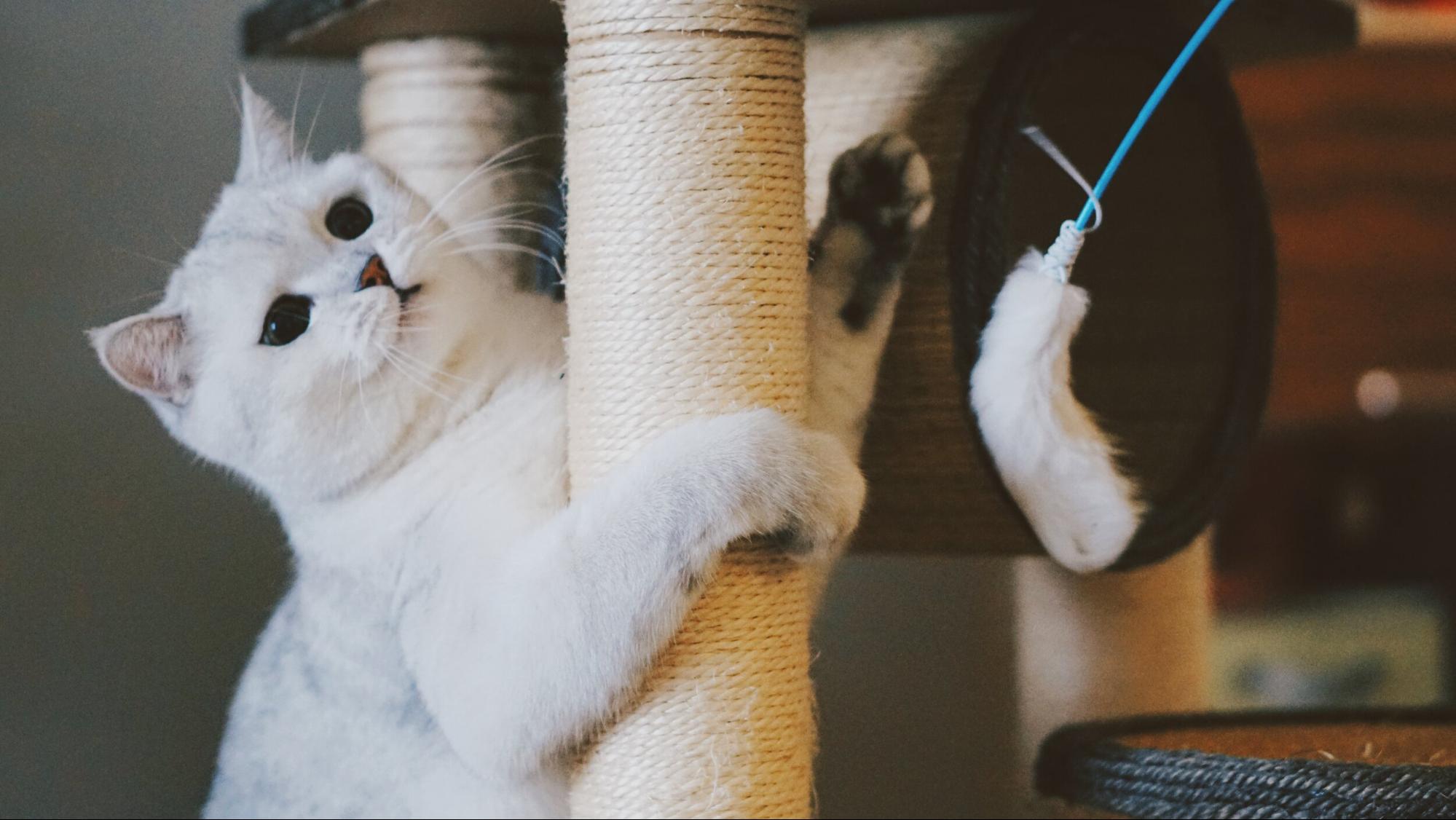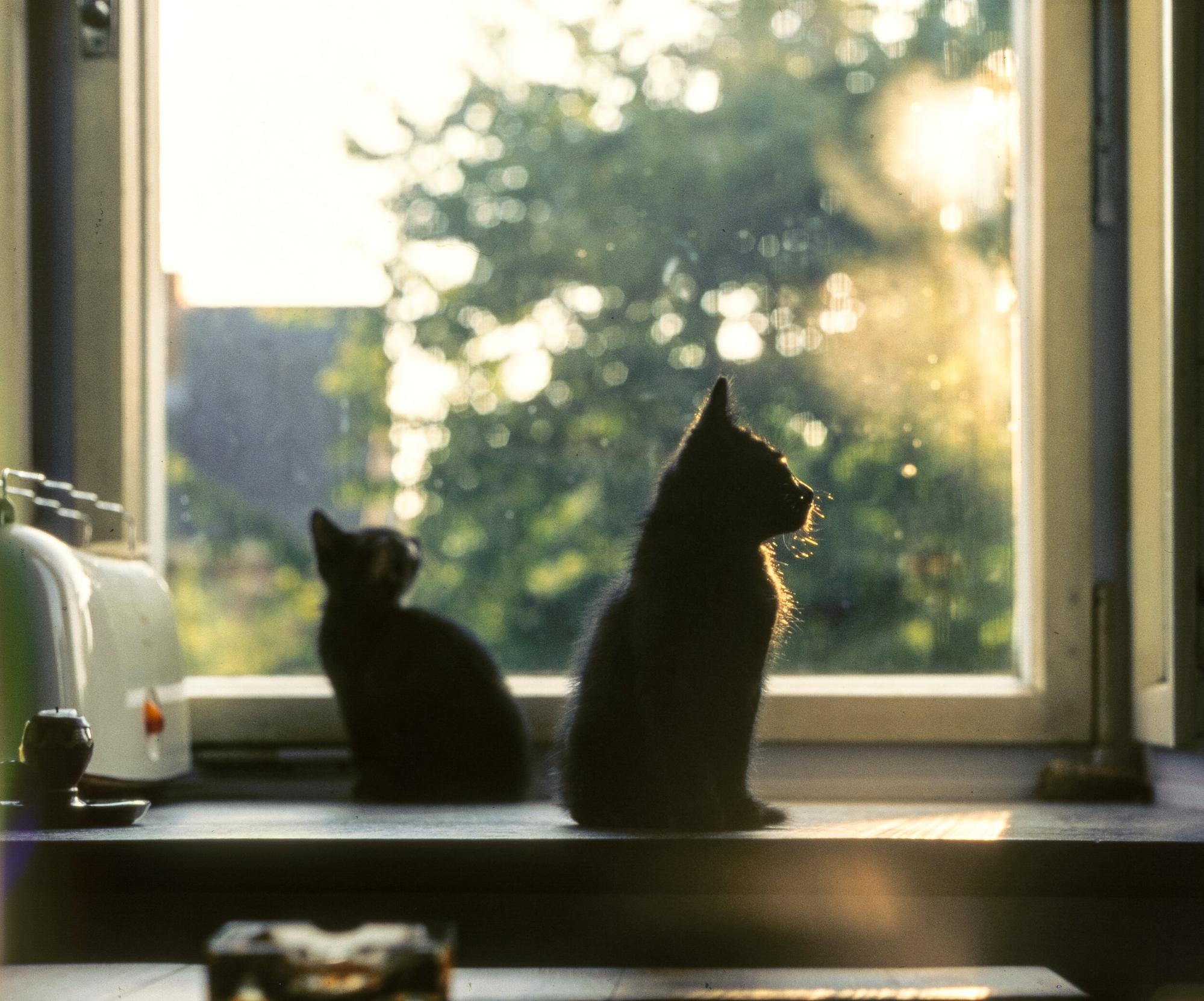How to Keep Your Indoor Cat Happy Without Spending a Bomb
Article - 6 min read • Updated Jun 04, 2025
Medically reviewed by Dr. Arman Chen, BVSc (Qld.), BSc (Leic.)

It’s not curiosity that might kill your cat. It’s boredom.
Mental health matters for our pets just as much as it does for us. And if you have an indoor cat, chances are they’re not getting as much mental stimulation as they deserve.
Bored cats can quickly turn into stressed cats. And stressed cats don’t just claw your furniture. They might become obsessive groomers, chew on things, meow excessively, or even start fighting with other pets at home.
A happy cat is a healthy cat. And a healthy cat makes life easier for you too.
Let’s break down exactly how to keep your cat active, curious, and content in ways that don’t break the bank.
Physical Play Give Your Cat a Home That Feels Like a Jungle
Cats are born to move. Even indoor cats have the same hunting instincts as their wild cousins. Without spaces to climb, scratch, and hide, they get restless.
The good news? Turning your living room into a mini jungle gym doesn’t have to be expensive.

Here’s how to give your cat the active life they crave:
Sturdy scratch poles
Tall scratchers allow your cat to fully stretch and file their nails. They’re also a go-to for marking territory.Safe climbing spots
Multi-level cat trees or wall-mounted shelves give them places to perch and watch the world.Fun hiding spots
Cardboard boxes tunnels cat carriers and paper bags are perfect for cats who love stalking and pouncing.Leafy plants
Just make sure they’re non-toxic. The ASPCA has a full list of safe plants for cats: ASPCA Toxic and Non-Toxic Plant List
Research shows that environmental enrichment helps reduce stress-related behavioural and health issues in cats, including anxiety and even urinary tract problems. It’s so essential that countries like the UK mandate providing enrichment under animal welfare laws. While Singapore has yet to be caught up on this, we as cat owners have the responsibility to care for our indoor cats in a way that ensures their optimal mental wellbeing.
Sensory Games: Why Bored Cats Wreck Homes
Boredom is one of the top reasons indoor cats develop destructive behaviours like scratching furniture or yowling at odd hours.
To beat boredom you need to engage their senses. Think of it as Netflix for cats but interactive and healthier.

Try these enrichment options:
Window Views
Birds, trees, pedestrians etc. all become feline entertainment. Install window perches or hammocks.Toy Rotation
Switch toys weekly so they don’t lose interest. Use toys that crinkle squeak or wiggle unpredictably.Puzzle Feeders
Studies show that puzzle feeding reduces stress-related behaviours and encourages natural hunting instincts.DIY Fun
Hide treats inside old socks or paper bags. Punch holes in toilet rolls and hide treats inside for them to fish out.Treat Ball Pits
Fill a shallow box with lightweight balls and scatter dry treats inside for a fun treasure hunt.
Bonding Time: How to Build a Better Relationship With Your Cat
Cats don’t just want food and toys — they want connection.
Building that bond not only makes your cat happier it makes them easier to handle for grooming vet visits or even medication.
Here’s how to deepen that connection:
Play Every Day
Even short sessions of chasing toys or laser pointers build trust and reduce anxiety.Groom Regularly
Brush their coat and gently touch their paws and jawline. This includes teeth brushing which is necessary for good dental health and also lets your cat get used to your hands touching his/her jaws. This preps them for vet visits or pill-taking later.Learn Their Body Language
A flicking tail or flattened ears means “I’ve had enough.” Respect that.Teach Tricks
Yes, cats can learn tricks. Use treats and a clicker to teach high fives or simple commands.Try Leash Training
With practice some indoor cats enjoy safe outdoor walks too! This helps with socialisation and giving them new experiences.
When to Call the Vet? Not All Behaviour Changes Are Just Boredom
While boredom is often the reason behind odd cat behaviour, sometimes it’s more serious.
If your cat suddenly becomes aggressive stops eating or starts eliminating outside the litter box, book a check-up. Behavioural changes can also signal underlying health problems such as pain, infections or anxiety disorders.
At Gaia Vets, we’re here to help you decode your cat’s behaviour and keep them living their best indoor life.
Book your consult with us today! Because a happy cat makes a happy home.